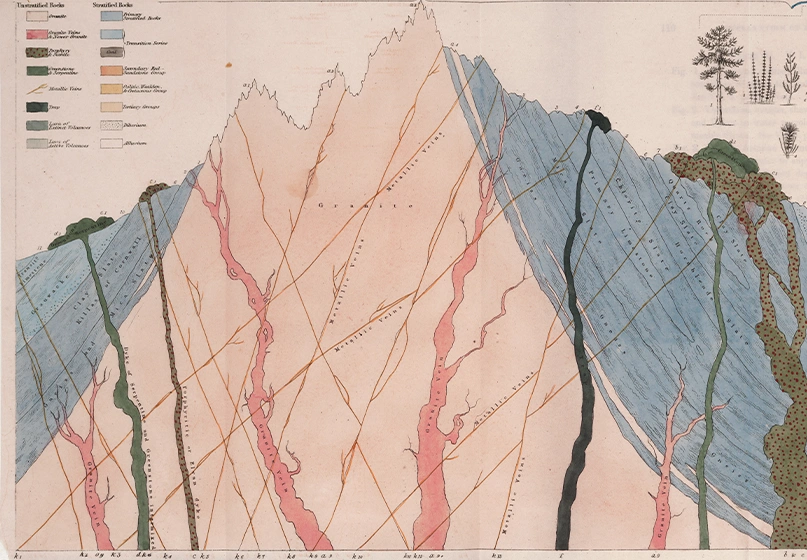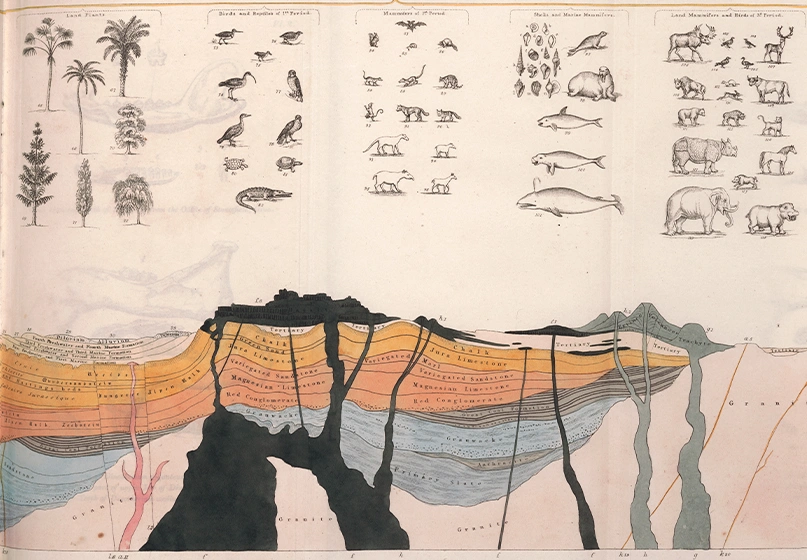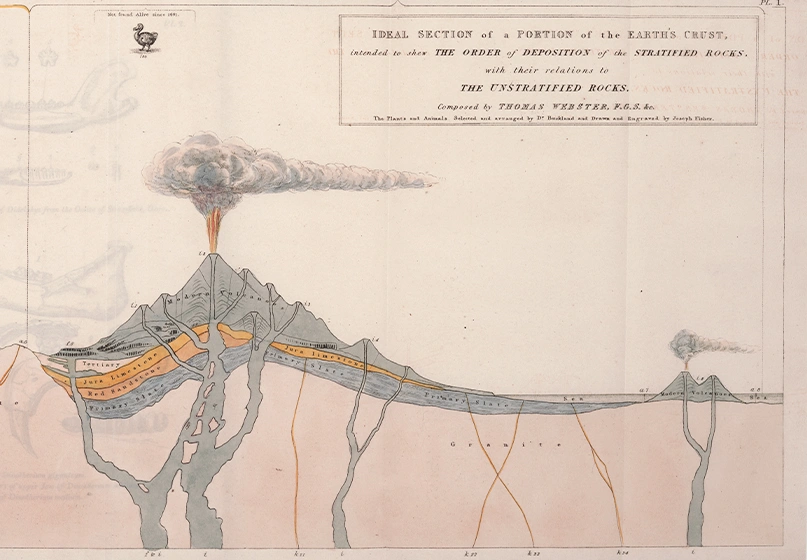Storm Cloud: Environment, Empire, and the Arts in the Industrial Age
This conference will explore the relationship between humans and the natural world throughout the 19th century, as charted in the work of writers and visual artists. As industrialization altered landscapes and people’s lives, developing sciences offered revelations about Earth and the interconnected fragility of the climate and our species.
Conferences
Sept. 14, 2024–Jan. 6, 2025 | “Storm Cloud” analyzes the impact of industrialization and a globalized economy on everyday life from 1780 to 1930, as charted by scientists, artists, and writers, and contextualizes the current climate crisis within this historical framework.
The exhibition has been made possible with support from Getty through its PST ART: Art & Science Collide initiative.

Southern California’s landmark arts event, PST ART, returned in September 2024 with more than 70 exhibitions from museums and other institutions across the region, all exploring the intersections of art and science, both past and present. PST ART is presented by Getty. For more information, visit PST ART: Art & Science Collide










